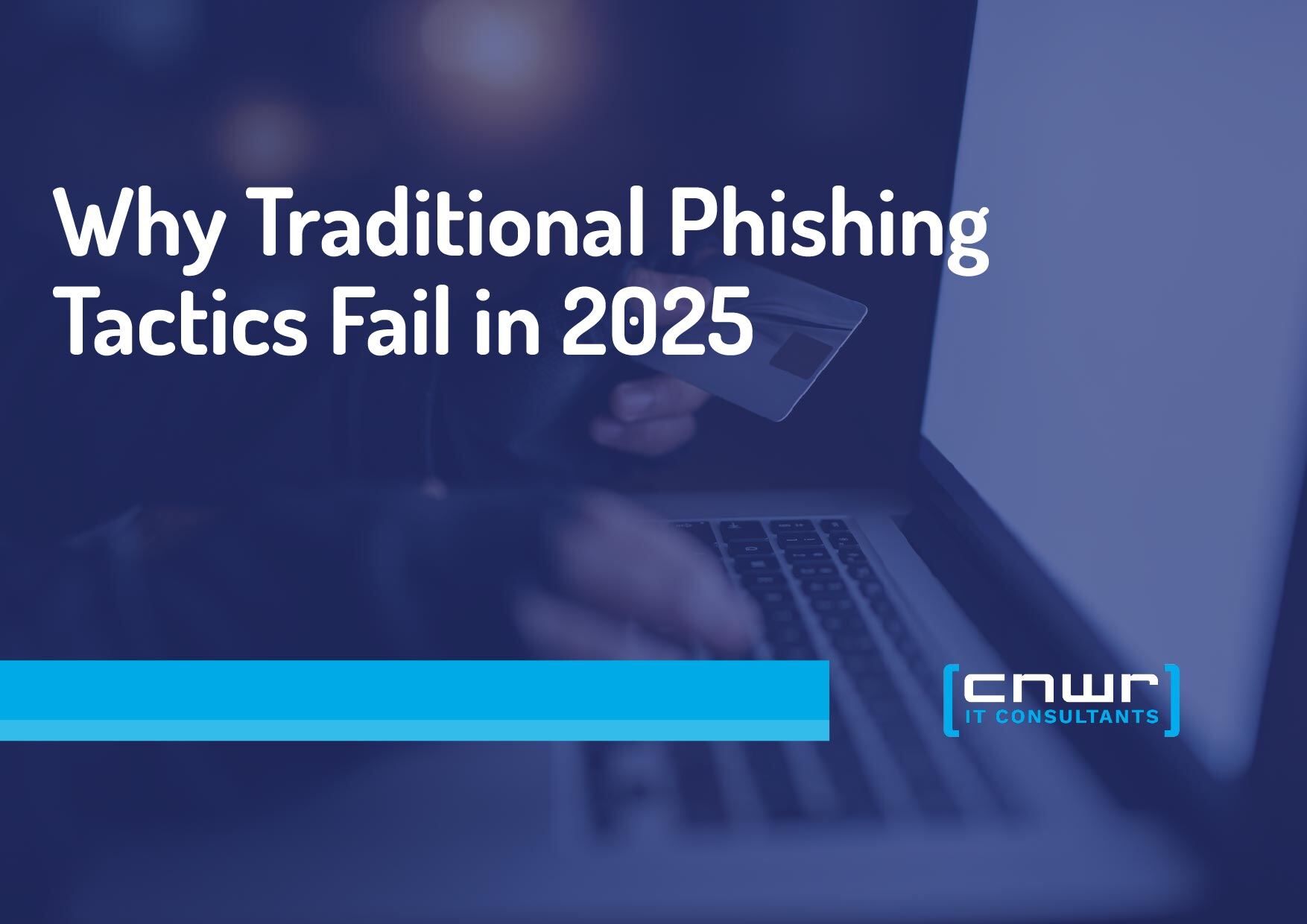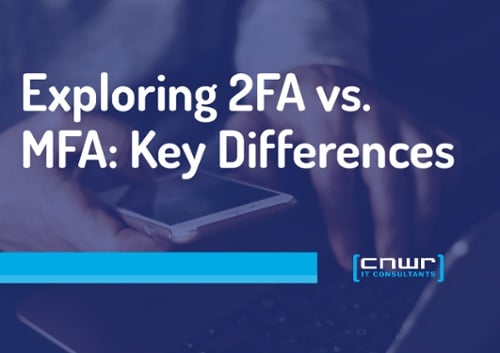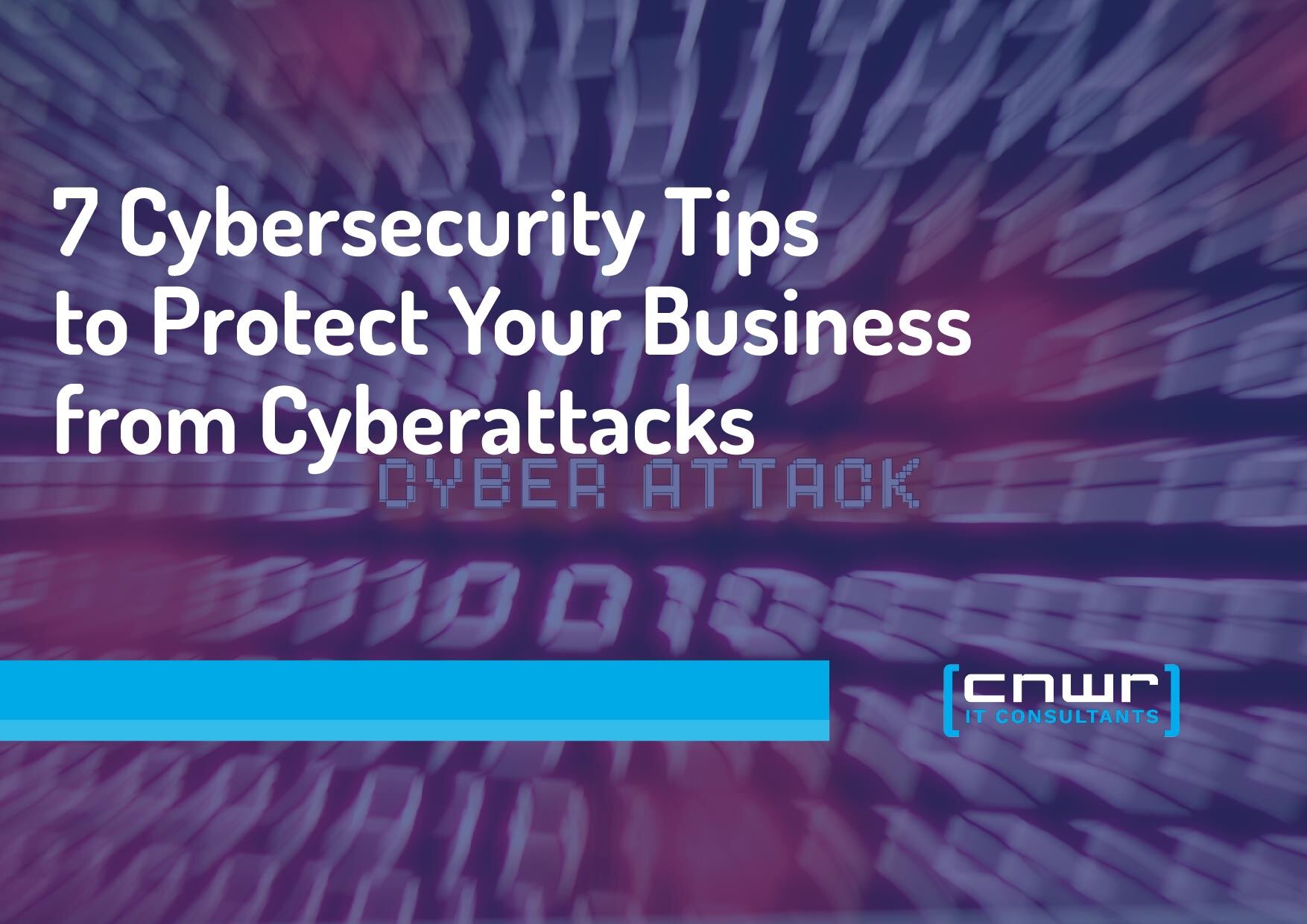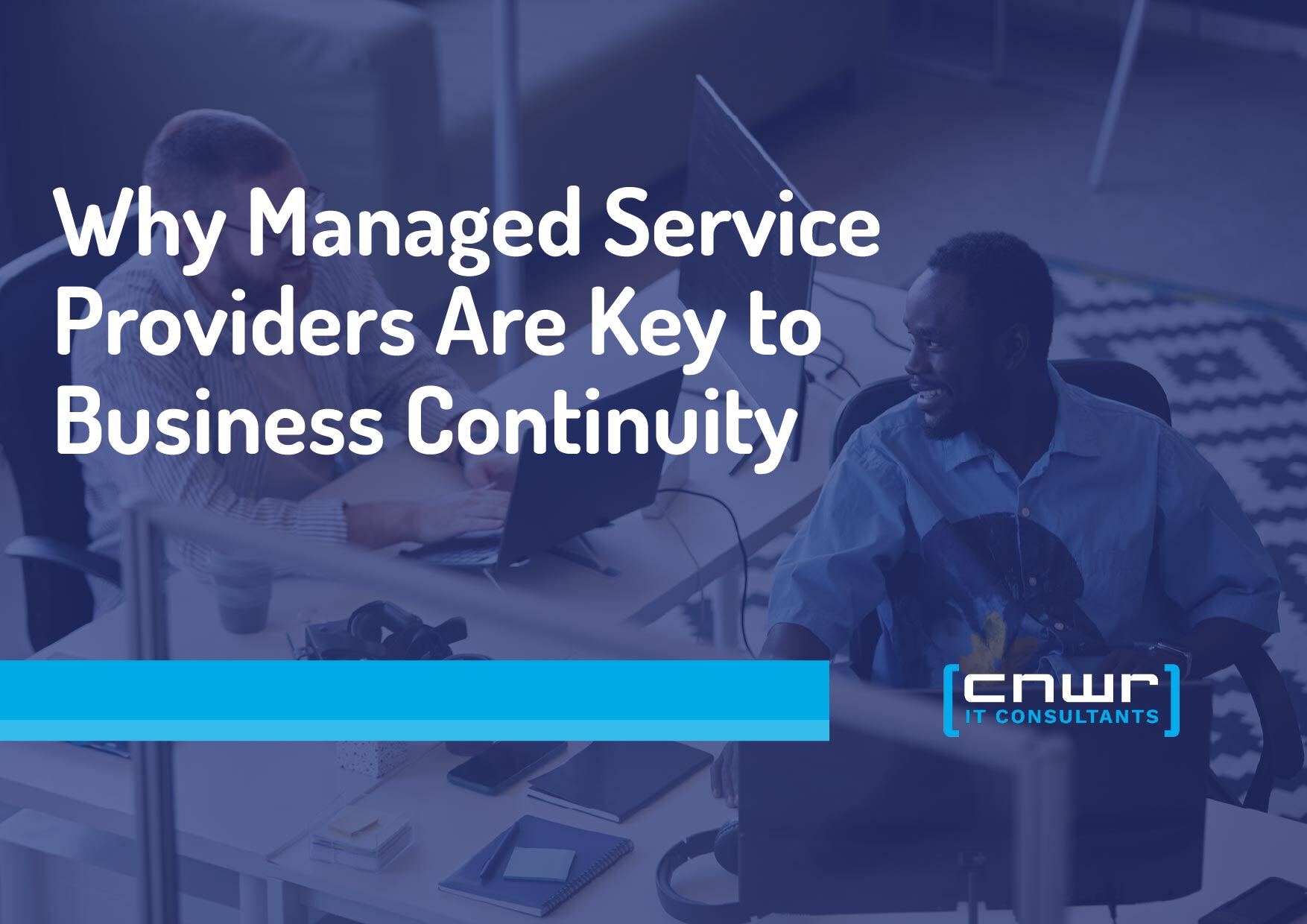Cyberattacks are evolving fast, and phishing is no exception. Just when businesses began catching up with traditional phishing threats, a more sophisticated beast has emerged, known as "Phishing 2.0." With cybercriminals using advanced tools like AI and social engineering, your traditional prevention methods may no longer be enough.
This guide dives deep into why phishing attacks are more dangerous than ever, how traditional defenses are failing, and what IT professionals, cybersecurity experts, and business owners can do to effectively combat this growing threat.
What Is Phishing, and Why Should You Care?
Phishing, an attack where hackers trick individuals into disclosing sensitive data (like passwords or credit card details), is nothing new. Over the decades, we've seen email scams pretending to be banks, fake invoices sent to businesses, and malicious attempts to steal customer information.
The problem? These attacks have gotten smarter. Forget the generic "Dear Customer" and low-quality websites. Today’s cybercriminals are crafting highly personalized and believable messaging, even creating replicas of your company's branding.
The stakes are high. Businesses lose an estimated $17,700 every minute to phishing attacks. By 2025, the cost of cybercrime is expected to exceed $10.5 trillion annually. It’s not just an IT issue; it’s a business-critical problem.
Why Traditional Anti-Phishing Strategies Are Losing the Battle
For years, businesses relied on a few tried-and-tested methods to fend off phishing attacks, such as spam filters and company-wide employee training. While these were once effective, the upgraded tactics of Phishing 2.0 leave them struggling to keep up.
1. Spam Filters
Traditionally, spam filters scanned incoming emails for flagged words or suspicious attachments. But now, hackers use AI to craft emails that slide past these filters undetected.
Example: A recent spear phishing attack targeted a Fortune 500 company using a highly personalized email that mimicked the recipient’s boss. The email bypassed the company’s filters and led to a data breach that cost millions.
2. Employee Training
Many organizations invest in training employees to spot phishing attempts. But when attacks rely on deepfake technology or hyper-personalized behavioral data, even the most educated employee can be tricked.
3. Reactive Approach
Traditional security measures are often reactive, addressing vulnerabilities only after an attack has occurred. This lag time allows criminals to exploit new openings before businesses update their defenses.
The Emergence of Phishing 2.0
Phishing 2.0 isn’t just smarter; it’s lethal. Cybercriminals now use cutting-edge technology, making their scams almost indistinguishable from legitimate requests.
What Powers Phishing 2.0?
- Artificial Intelligence (AI)
Cybercriminals use AI to analyze target behavior and preferences, creating emails and messages that are scarily accurate and personalized.
- Social Engineering
By studying online profiles or using breached data from previous attacks, hackers construct phishing emails that predict responses almost perfectly.
- Machine Learning
Phishing platforms powered by machine learning allow hackers to refine their tactics and scale their attacks across multiple victims in real time.
Example of Phishing 2.0
Imagine receiving an email that uses your first name, references an upcoming project you’re leading, and appears to come from your CEO. These aren’t random tactics anymore; they’re adaptations gleaned from personal and behavioral data.
How to Combat Phishing 2.0
Preventing phishing attacks requires replacing outdated tactics with a multi-layered security approach. Here’s how to stay ahead:
1. Implement AI-Driven Threat Detection
Just as hackers are using AI, businesses can too. Systems like CNWR’s Behavioral Analytics monitor activity and flag unusual patterns before damage can occur.
2. Adopt Proactive Threat Intelligence
Instead of waiting for an attack, use platforms that adapt in real-time to emerging threats. Tools that analyze global phishing attempts can provide predictive defense.
3. Boost Employee Awareness with Advanced Simulations
Basic phishing training is no longer sufficient. Opt for programs that conduct live phishing simulations, testing employees’ reactions in real-world scenarios.
4. Enable Continuous Monitoring
Use 24/7 monitoring services like CNWR’s Cybersecurity Solutions to catch evolving threats early. Continuous tracking, automated responses, and rapid alerts are crucial.
5. Strengthen Authentication Measures
Implement multi-factor authentication (MFA) and consider biometric solutions to make access harder to compromise.
6. Educate Your Employees
Encourage workers to practice vigilance as the last line of defense. Provide resources and support for identifying phishing attacks (e.g., email header analysis, judging suspicious links).
The Future of Phishing Defense
The fight against phishing will keep evolving, and cybersecurity experts must focus on innovation:
- Blockchain Technology
With its ability to create tamper-proof systems, blockchain could verify the authenticity of communication.
- Machine Learning in Fraud Prediction
Advanced AI can predict new attack patterns, giving businesses the upper hand.
- Biometric Authentication
Biometrics, such as facial recognition and voice authentication, could replace passwords entirely, reducing entry points for phishing.
Staying informed on emerging strategies and adapting security measures regularly is non-negotiable.
Staying Ahead With CNWR
Phishing attacks are evolving; so should your defenses. Adopting a proactive, AI-driven, multi-layered security framework is no longer optional in 2025.
At CNWR, we specialize in customized IT solutions to protect your business from phishing and other security threats, so you can focus on what matters most.
Partner with us to optimize your systems, empower your employees, and ensure you stay one step ahead of cybercriminals.


![[CTA] Q2 CTA image (2)](https://cnwr.com/hs-fs/hubfs/%5BCTA%5D%20Q2%20CTA%20image%20(2).jpg?width=1476&height=591&name=%5BCTA%5D%20Q2%20CTA%20image%20(2).jpg)


